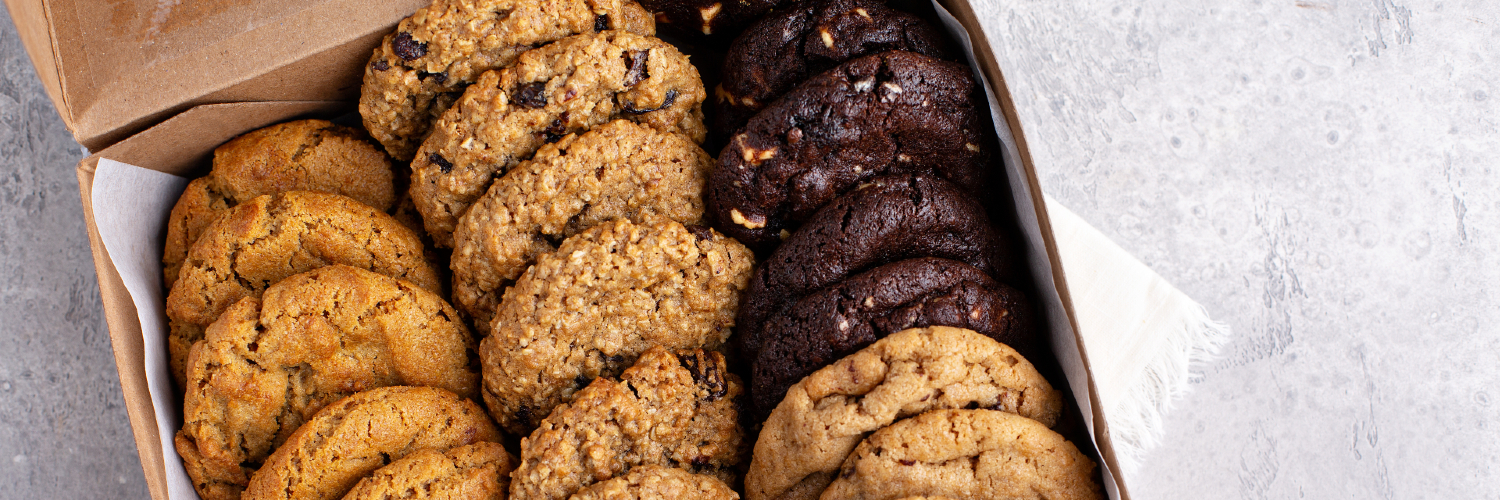Overview: You want to create a reduced sugar version of your customer’s favourite cookie—but how do you fill in the gaps that sugar reduction leaves behind? Discover what you need to consider to formulate a cookie that satisfies consumers and keeps them coming back for more.


